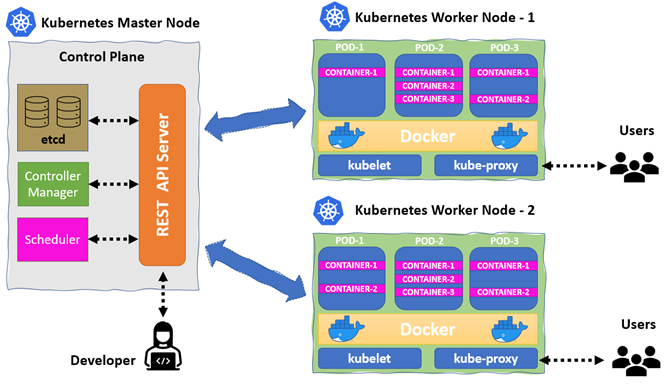How to Install Kubernetes
Welcome to our guide on how to install Kubernetes. Kubernetes is an open-source container orchestration platform that automates the deployment, scaling, and management of containerized applications. It is widely used in production environments due to its ability to simplify complex container management tasks. In this article, we will walk you through the step-by-step process of installing Kubernetes on your system.
Prerequisites
Before we begin the installation process, make sure you have the following prerequisites:
- A Unix-based operating system (such as Linux or MacOS)
- Docker installed on your system
- Curl command-line tool
- Kubectl command-line tool
- Minikube – a tool that makes it easy to run Kubernetes locally
Step 1: Install Docker
If you don’t have Docker installed on your system, you can follow the official Docker installation guide for your operating system. Docker is required to run Kubernetes containers on your machine.
Step 2: Install Kubernetes Tools
Next, you need to install the following Kubernetes tools:
curl -LO https://storage.googleapis.com/minikube/releases/latest/minikube-linsudo install minikube-linux-amd64 /usr/local/bin/minikubeminikube start
Need Windows Remote Desktop? Access powerful Windows servers remotely with full admin privileges and lightning-fast SSD storage. Get RDP Access →
Step 3: Install Kubernetes Cluster
Now that you have Docker and Minikube installed, you can create a Kubernetes cluster on your local machine using the following command:
minikube start
Step 4: Verify Installation
To verify that Kubernetes has been successfully installed, you can run the following command to check the status of your cluster:
kubectl get nodes
Conclusion
Congratulations! You have successfully installed Kubernetes on your system. You can now start deploying and managing containerized applications using this powerful orchestration platform. If you encounter any issues during the installation process, feel free to refer to the official Kubernetes documentation for help.
